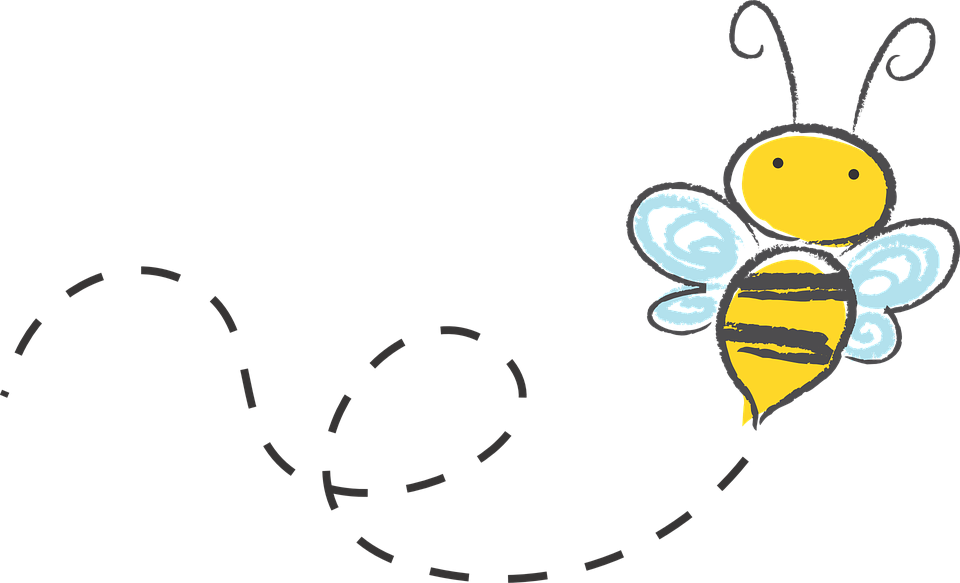16/01/2018
Programmable Toys
During our second session of digital technology we began to look into the world of programmable toys, what they can be used for and how they effect and influence children in schools. “The curriculum introduces programmable toys as a good example for developing knowledge and understanding of the contemporary world.” (Janka, 2008, p.2).
Using programmable toys with children in schools helps them develop important skills to progress into independent individuals. Such as problem solving, concentration level, creativity and interactive responsive learning. Helping children progress in their confidence and independence results in them developing into the four capacities; confident individuals, effective contributors, responsible citizens and successful learners. Programmable toys “encourage group interaction, conversation and collaboration” (National centre for Technology in Education, 2012, p.1).
Our task during the session was to create an activity using the Bee-Bot programmable toy and make links to a numeracy topic. My peer and I decided to base our activity on times tables and created a board where a child could programme the bee to make a times table question from any times table from 1 -10. As we created and designed our activity and board we also had to consider the Curriculum for Excellence experiences and outcomes. We looked at the Curriculum for Excellence experiences and outcomes for technologies and numeracy and mathematics and felt the following points linked to out activity:
- “TCH 1-04a / TCH 2-04a – I explore and experiment with the features and functions of computer technology and I learn to support and enhance my learning in different contexts. ” (Scottish Government, 2017, p.4)
- MTH 2-03c – Having explored the need for rules for the order of operations in number calculations. I can apply them correctly when solving simple problems.” (Scottish Government, 2017, p.3)


When creating the activity we made it so one child would programme the toy to make a question and another child would calculate the answer and then they would switch roles. Therefore helping us keep the views and effects of programmable toys positive for the children such as giving them a chance to be in control of their learning and have experience in hands on learning. While also getting the chance to communicate and work with other children as well as develop their confidence and independence.
Reference List:
Janka, P. (2008) Using a Programmable Toy at Preschool Age: Why and How? [Online] http://www.terecop.eu/downloads/simbar2008/pekarova.pdf [Accessed: 22nd January 2018]
NCTE (National centre for Technology in Education) (2012) NCTE Floor Robots – Focus on Literacy & Numeracy. [Online] http://www.ncte.ie/media/NCTE_Floor_robots_focus_on_literacy_numeracy_primary_12-06.pdf [Accessed: 22rd January 2018]
Scottish Government (2017) Curriculum for Excellence Technologies Experiences and Outcomes, [Online] Available at: https://education.gov.scot/Documents/technologies-eo.pdf [Accessed: 22nd January 2018]


